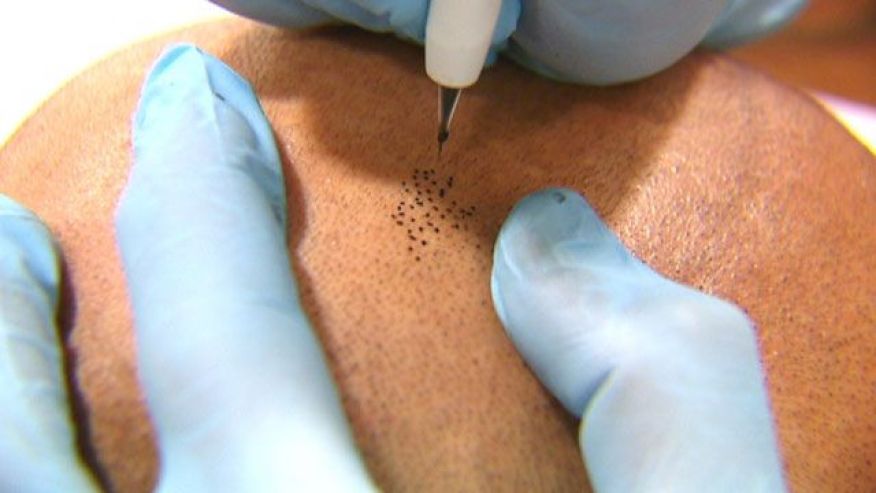News stories about a ‘bionic eye transplant’ have gotten a lot of attention, but what is the reality of new technology for restoring sight to some blind patients? TheArgus II Retinal Prosthesis System has sometimes been called a ‘bionic eye transplant.’ Right now it is not possible to transplant an entire human eye – only corneas and some other specific eye tissues can be transplanted. And there is no electronic replacement for the whole eye.
What parts of the eye can be transplanted?
The Argus II is a three-part device that allows some perception of light and motion in patients who have lost their vision due to retinitis pigmentosa. Surgery is done to place a small electronic device on the patient’s retina. Later, the patient wears a camera mounted on a pair of glasses, and a portable video-processing unit. Images are taken in through the camera, processed, and then sent wirelessly to the implant in the patient’s retina. The implant stimulates the living cells in the retina, and the brain interprets these patterns as light. Over time, the patient learns to interpret the signals from the Argus II to see objects, their surroundings, and — in some cases — even read large-print text.
This is an exciting development, but the Argus II is not for everyone. It is only for patients who have no vision or almost no vision due to advanced retinitis pigmentosa. Patients must pass a careful medical screening to make sure there are no other physical reasons that they shouldn’t be given the implant. And patients should be aware that the Argus II does not restore complete, natural vision. The vision that is restored is black-and-white only, and does not include fine details.
Learn about retinitis pigmentosa.
Results from the largest and longest-running clinical trial of the Argus II were announced in June 2015. The study, which had 30 participants, found that visual function had improved with use of the device in nearly 90 percent of the subjects. It also found that the device provided 80 percent of the subjects with an improved quality of life. The device never failed in any of the cases, although one subject had to have the it removed due to damage of a suture tab, which is designed to hold the piece in place.
The Argus II is FDA-approved as a Humanitarian Use Device, which is specifically for devices intended to benefit small populations and/or rare conditions.
[Source:- AAO]
















